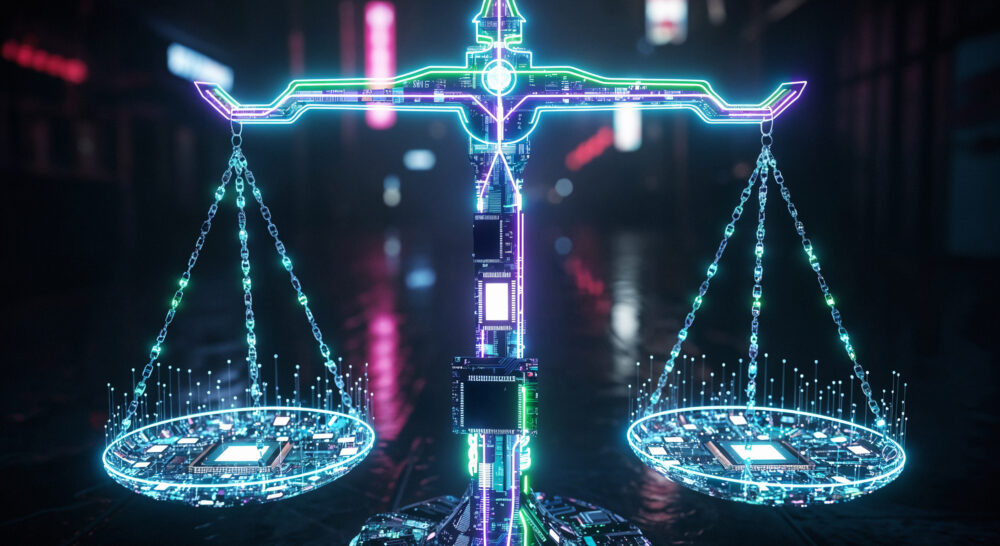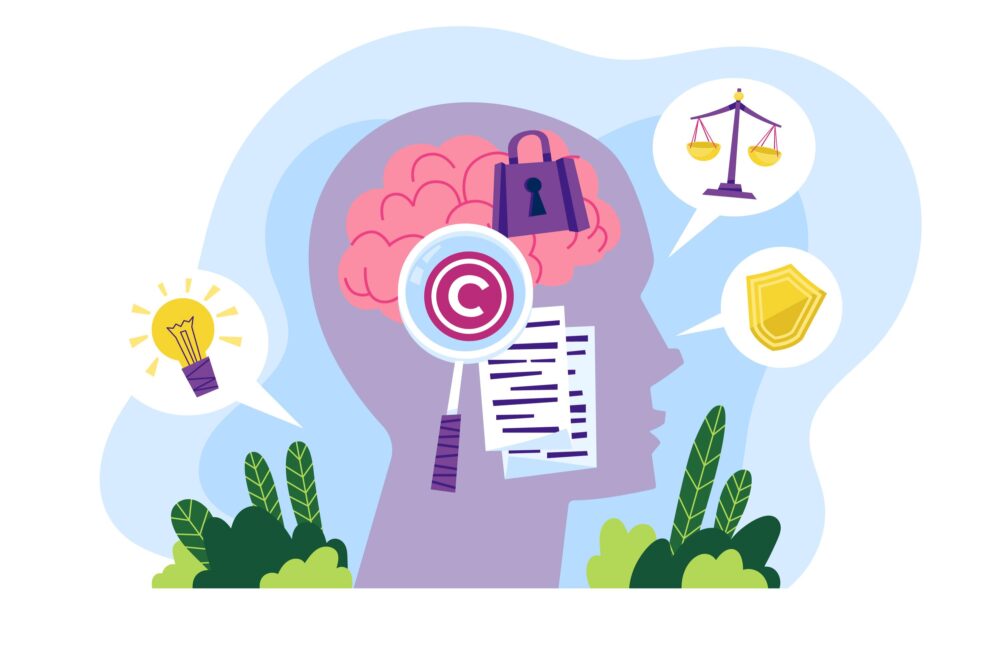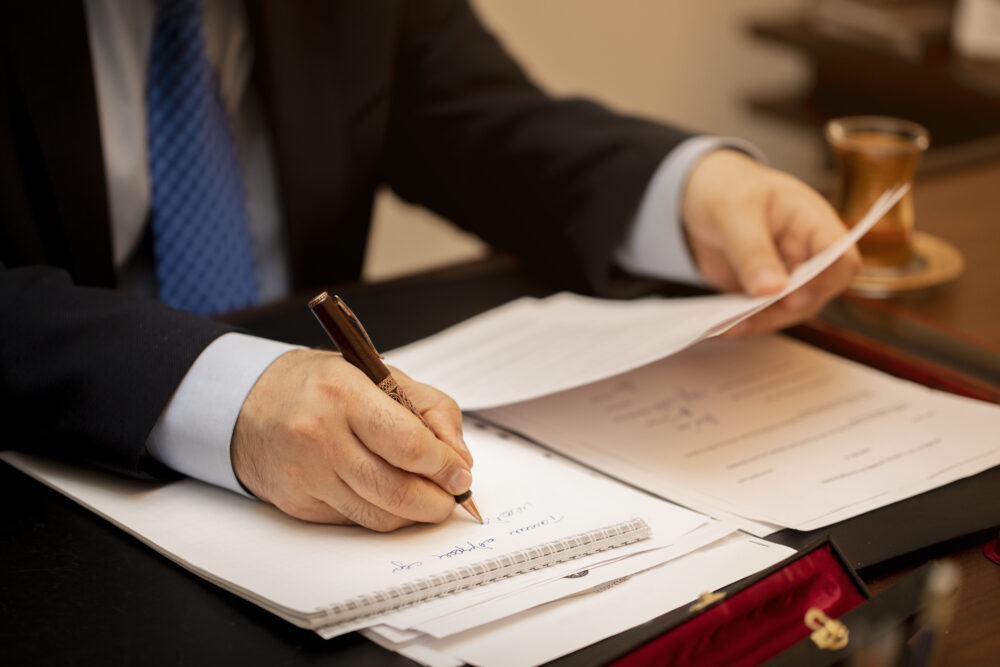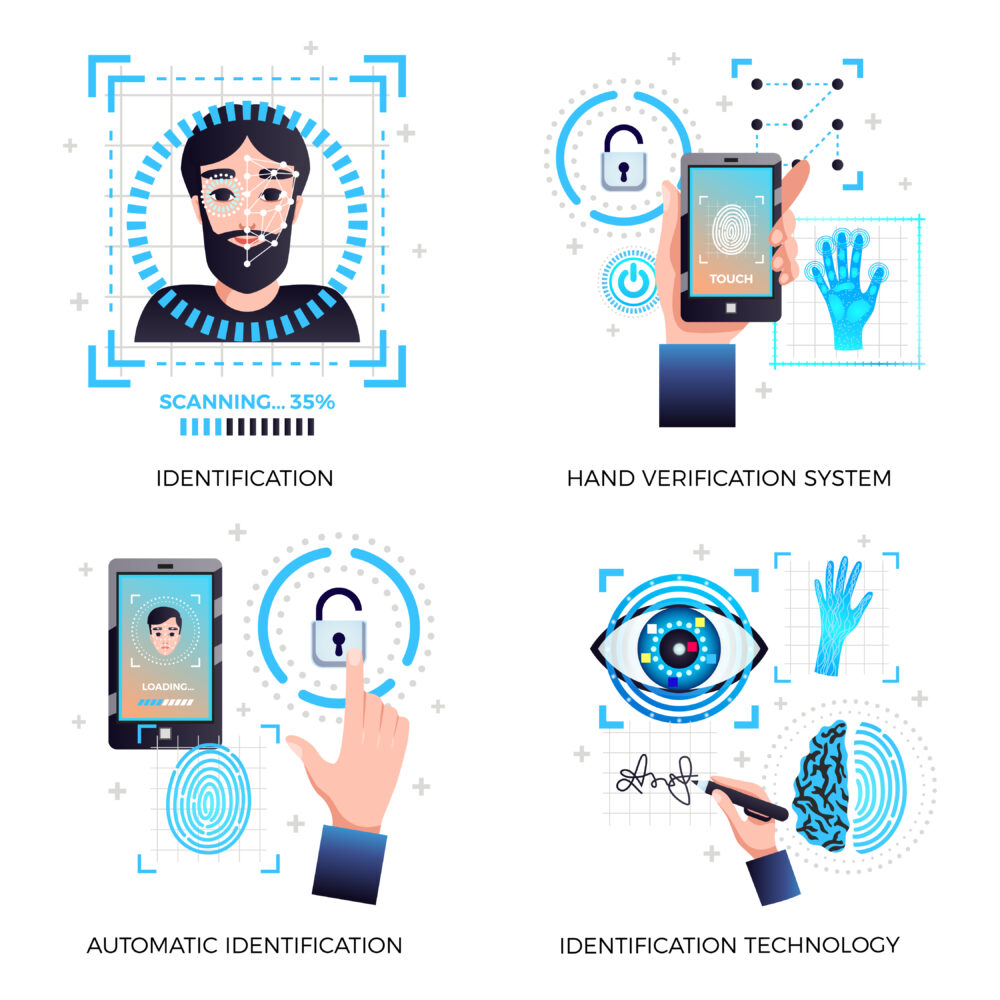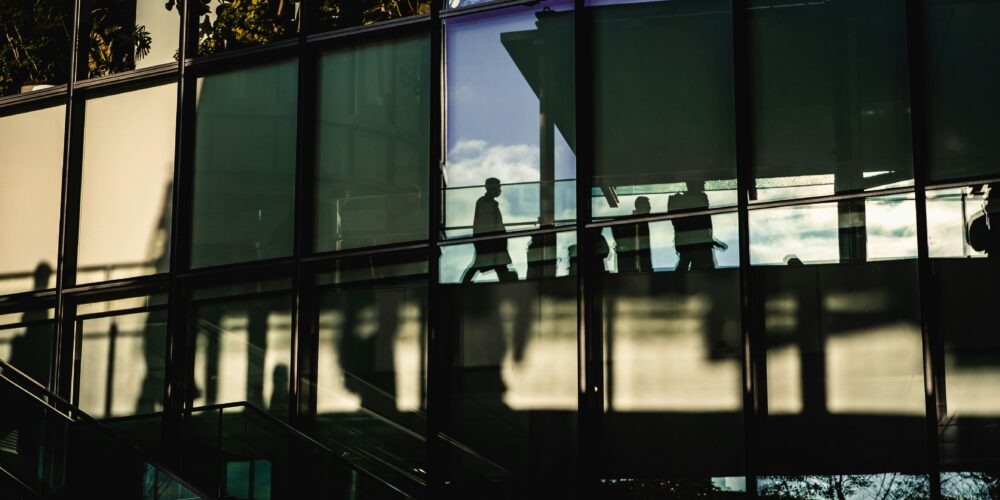In the 4.0 age, social media tends to be the virtual space that connects people from all over the world, especially Facebook, Instagram, YouTube, TikTok, etc. Whereby, TikTok is an indispensable app for the young generation. This is a playground for the user to be creative with the short video, otherwise, it is also the cause for the author–right infringement. “How the user protect their author – right in the digital space?”, this essay is going to clarify this issue.
1. The author – right protection scheme of Tiktok
When users create a piece of music or a song and upload it as a video to TikTok, then the song or piece of music when first posted will be marked by TikTok as an “Original Audio”. These works shall be achieved in the audio gallery by the Tiktok. In case other users are interested in these works, they have to affix the link source of the Original Audio to their own video. A piece of music, an audio, or a song is considered a musical work pursuant to clause 4 Article 6 Decree 17/2023/ND-CP. The work shall be automatically protected as soon as it is expressed in any form, including uploading it on social media, without author–right registration.
Author–right infringement has always been a persistent problem in Vietnam, especially in the digital space. Currently, TikTok has a detection system in order to find out the author–right infringement and immediately delete that video. Even though Tiktok’s policy is stringent, however, infringement still occurs and the protection is relative. Practically, Tiktok does not have any efficient solution to the infringed content, as a result, it is also one of the Tiktok violations. Therefore, tricks to avert “author right caution notice” still happen often and without stringent control from TikTok itself.
Due to the increase infringement, Tiktok is facing various author-right issues. These infringement result in the uninstalling according to the Digital Millennium Copyright Act – DMCA)
2. The “Notice and Removal” process according to the Vietnamese Law
On a legal basis, the online service provider serves the Safe Harbor mechanism, also known as “Safe Harbor”, which is a mechanism for online service providers to exclude liability (“ Online Service Provider” – OSP). This mechanism was first introduced by DMCA and officially issued in 1998, with the main purpose of the author – right and the related right on the internet. This is a conditional excuse to the online service provider, including Tiktok, in regard to the author–right infringement on the Internet. Pursuant to Article 198.b Intellectual Property amendment, supplement in 2022 internalize the Article 12.55 EVFTA regarding the liability excuse. Accordingly, the requirements for this scheme are:
- The service provider is unable to know that content is the author–right infringement;
- Promptly remove or prevent access to such digital information content when knowing that such digital information content violates copyright.
According to clause 5 Article 198b Intellectual Property. Tiktok implements the “…’’ process as prescribed in Article 114 Decree 17/2023/ND-CP. TikTok must take necessary actions to immediately prevent digital information content that infringes copyright upon request from the rights holder as follows:
Step 1: The author- right subject or the “requester” files the request to Tiktok for reporting the author–right infringement as well as attach to the evidence, including:
- Information of the requesting party or the requested party;
- Proof of right ownership: copies of the author – right registration certificate, excerpts of the national register of author – right. In case the author – right is unregistered, the subject right may furnish the original or the copy of the works subscribing to the subject right’s name pursuant to Article 198a IP Law or other related documents proving the creation of the works.
- Digitally signed documents of the requesting party or the requested party assuming all legal liabilities for their request for removal, disabling, or rejection, including the responsibility for damages to relevant parties if damage is done;
- Proof of author – right infringement;
- For the requesting party, information on location and link to the digital information that infringes copyright, related rights, and description of infringement. For the requested party, information on location and link to the digital information that is being removed or disabled;
- Power of attorney as per the law if the requesting party or the requested party is the authorized party.
Step 2: Tiktok shall examine the evidence, and temporarily remove or prevent access of the infringing content:
- Within 72 hours regarding the digital content requested to be removed
- Within 24 hours the digital information is live-streamed in real time.
Step 3: Within 10 working days from the date of temporary removal or access prevention, in case TikTok receives a notice requesting to oppose to the temporary removal or access prevention, accompanied by evidence, TikTok will recover the digital information that has been removed or prevented. Simultaneously, Tit Tok forwards to the requesting party a written protest request with documents and evidence provided by the requested party.
3. The needed measure that the owner ought to be taken to protect its own right
Currently, the author–right protection measure in TikTok is relative, each user should actively protect their own right against the risen infringement action in the digital space. Apolat Legal recommends that the user may register the author – right for their original work prior to publication. The author can refer to the article relating to author–right registration or directly contact Apolat Legal for specific advice.
In case the user is unable to or does not have any prior registration, achieving the evidence to prove that you are the owner is critical. When uploading your video to TikTok, remember to take a screenshot of the upload time and related evidence. It will be the basis for you in further future.
Apolat Legal hopes that the above article will provide you with the necessary measures to protect your author – right in the digital age. In case you have any inquiries, please contact Apolat Legal.
Disclaimers:
This article is for general information purposes only and is not intended to provide any legal advice for any particular case. The legal provisions referenced in the content are in effect at the time of publication but may have expired at the time you read the content. We therefore advise that you always consult a professional consultant before applying any content.
For issues related to the content or intellectual property rights of the article, please email cs@apolatlegal.vn.
Apolat Legal is a law firm in Vietnam with experience and capacity to provide consulting services related to Intellectual Property Rights and contact our team of lawyers in Vietnam via email info@apolatlegal.com.







